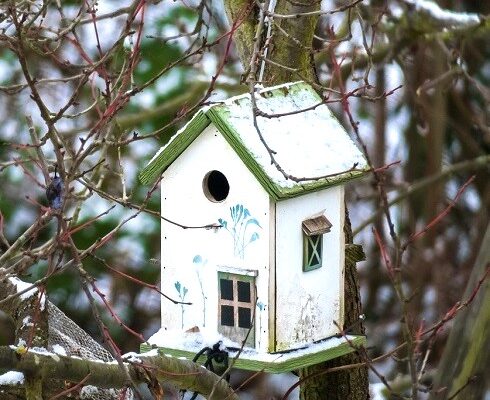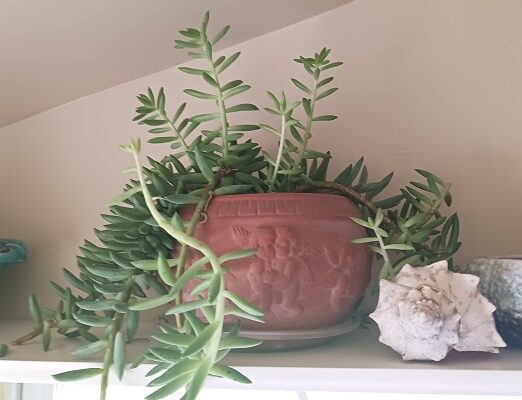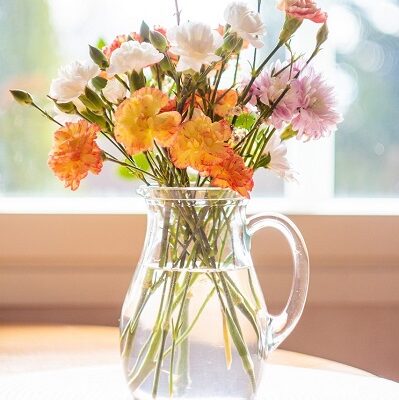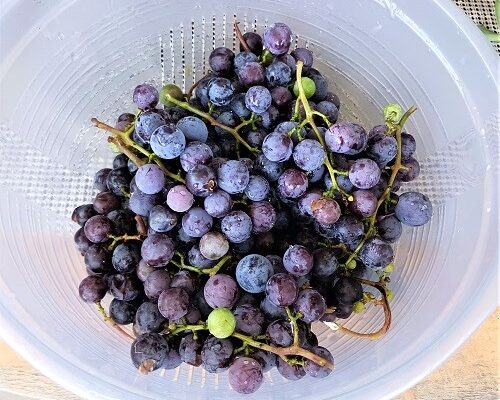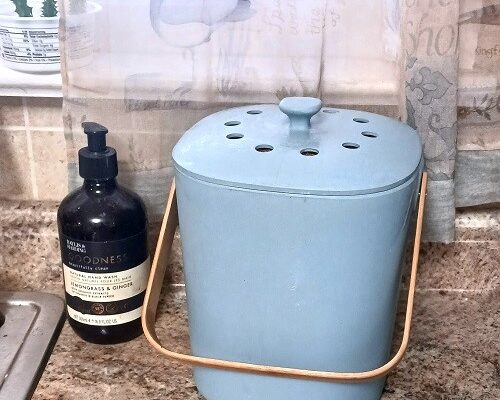 My wife has at least 30 houseplants all around our home with another 2 dozen or so in our Florida sun room. She enjoys both indoor and outdoor gardening. Friends and family come to her all of the time to get various houseplant starters from her. I have to admit, she has a pretty good green thumb!
My wife has at least 30 houseplants all around our home with another 2 dozen or so in our Florida sun room. She enjoys both indoor and outdoor gardening. Friends and family come to her all of the time to get various houseplant starters from her. I have to admit, she has a pretty good green thumb!
* Post contains affiliate links.
One of our neighbors down the street gave me a metal plant stand that was originally a solid black in color. We decorate our home in a coastal beach theme, so the black color had to go! Here’s how I repainted and refinished the houseplant stand.
I took it outside and hosed it down with soap and water. It had dirt and grime all over it. There was a small area that had some rust so I used fine sandpaper and smoothed that out. Rinsed the particles away with water. I towel dried it and then left it sit in the sunshine for several hours to finish drying.
The next day I put a drop cloth down outside. I used a white spray paint that is made for outdoor use. I picked up the can from Amazon. I sprayed two coats over the entire houseplant stand. Left it dry for 2 hours, flipped it over and sprayed all of the underside areas. Left it dry for another 2 hours.
If you want a glossy finish you can certainly use a white paint that gives you that. She wanted a matte finish, so that’s what I used. I recommend that you use an outdoor paint, that way if it gets wet when you’re watering your houseplants it won’t cause rusting issues on the metal. If you’re going to keep the plant stand outside on a back deck or front porch I do recommend you spray it with a clear spray sealer giving it 2-3 coats.
Finally, The felt pads on the bottom of the legs were gone. We have hardwood floors, so I cut new felt pads and glued them onto the bottom of each leg using Gorilla Glue. Left it dry overnight. Finally, it was done. I think it turned out fantastic and all it really cost me was one can of outdoor spray paint!
* This post contains affiliate links. If you make a purchase, we may or may not receive a small commission which helps to support this site. Thank you!

